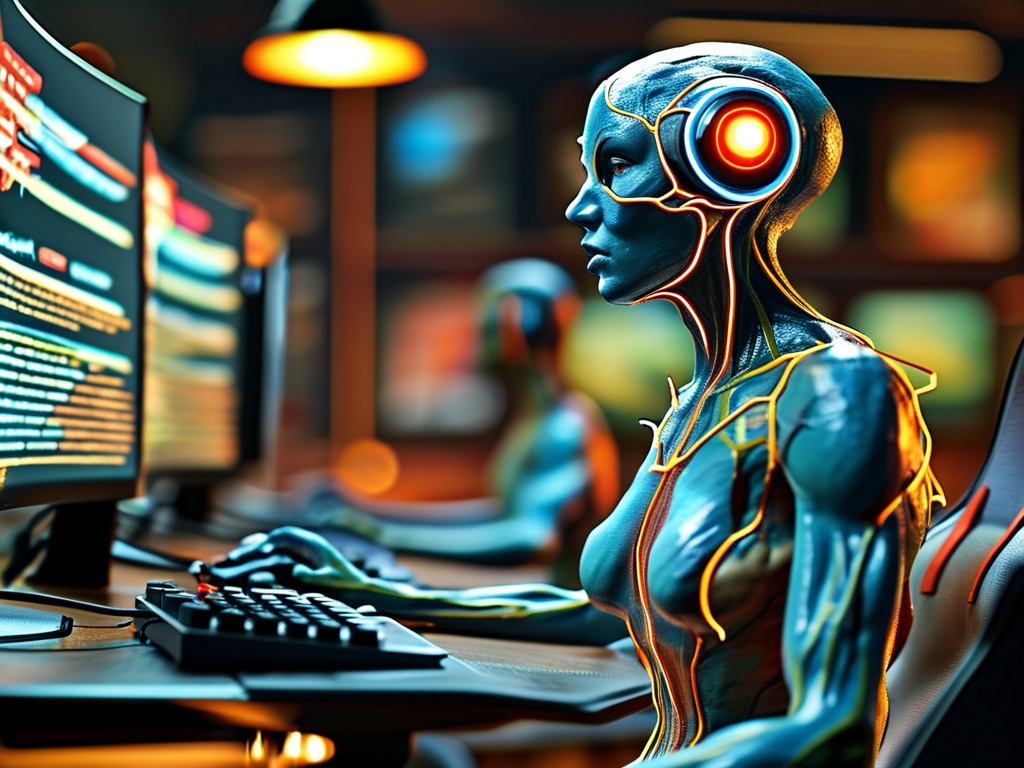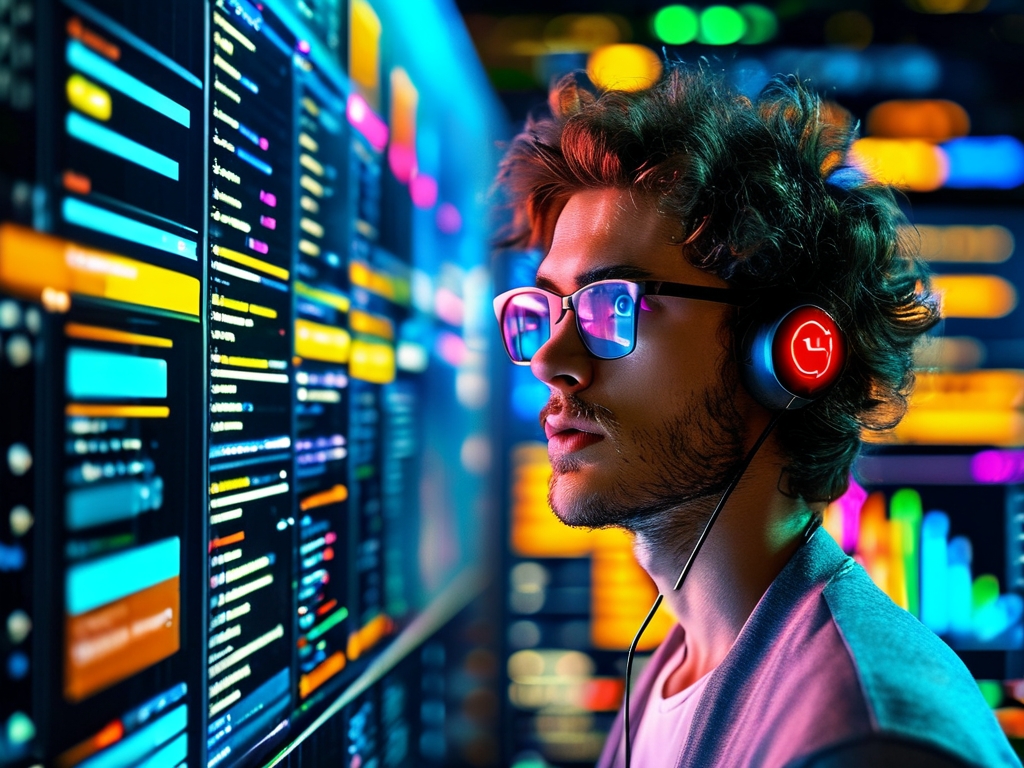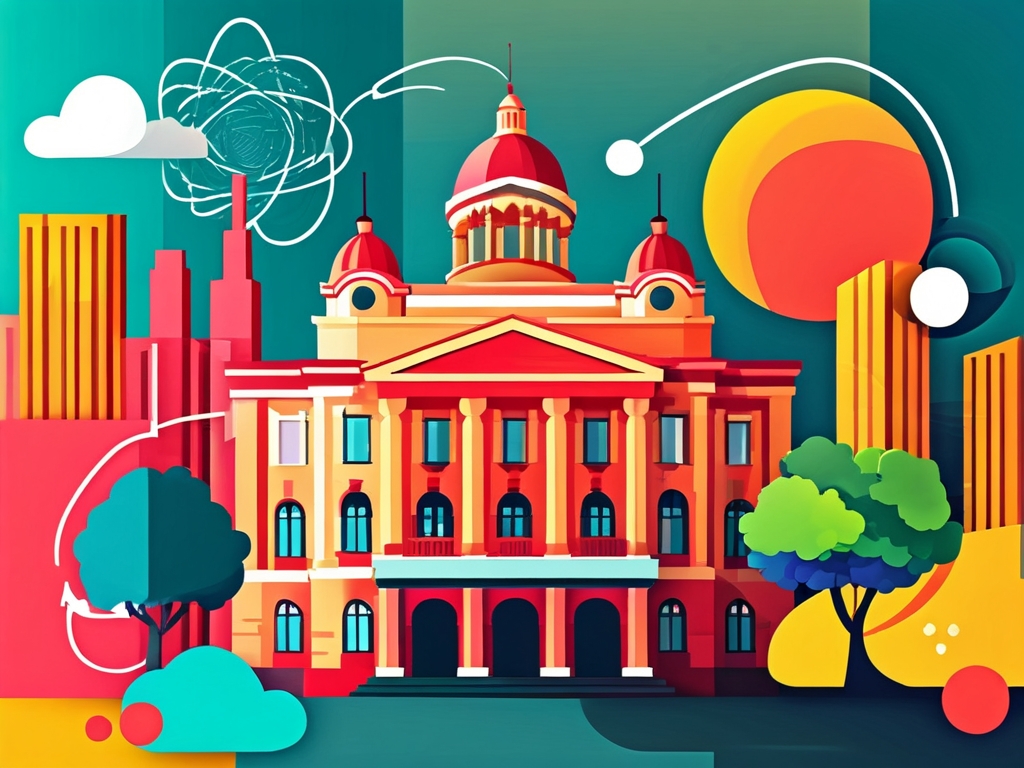The intersection of neural networks and gaming has emerged as a groundbreaking frontier in artificial intelligence (AI) research. By leveraging games as dynamic training environments, researchers and developers are unlocking new methods to train neural networks more efficiently, adaptively, and creatively. This article explores how games serve as ideal platforms for neural network training, the methodologies behind this approach, and its implications for the future of AI.

Why Games Are Ideal Training Grounds
Games—whether simple arcade classics like Pac-Man or complex strategy titles like StarCraft II—provide structured yet flexible environments for testing AI capabilities. Unlike static datasets, games introduce variables such as real-time decision-making, opponent unpredictability, and evolving objectives. These elements mirror real-world complexities, making games a microcosm for training neural networks to handle ambiguity and adapt to changing scenarios.
For example, DeepMind’s AlphaGo famously defeated world champion Lee Sedol in the board game Go by combining deep neural networks with reinforcement learning. The game’s vast decision space (more possible moves than atoms in the universe) required the AI to develop intuitive strategies rather than brute-force calculations. This success highlighted how games push neural networks to generalize knowledge and innovate solutions—a critical skill for real-world AI applications.
Methodologies for Training Neural Networks in Games
Training neural networks using games typically involves three core methodologies:
-
Reinforcement Learning (RL):
In RL, neural networks learn by interacting with the game environment and receiving feedback through rewards or penalties. For instance, an AI agent playing a racing game might earn points for staying on the track and lose points for collisions. Over time, the network optimizes its actions to maximize cumulative rewards. OpenAI’s work on Dota 2 bots demonstrated this approach, where AI agents mastered teamwork and long-term planning through millions of simulated matches. -
Imitation Learning:
Here, neural networks learn by mimicking human gameplay. By analyzing datasets of human-player actions, the AI replicates strategies and decision-making patterns. This method is particularly effective for games requiring nuanced creativity, such as Minecraft, where players build intricate structures. NVIDIA’s GameGAN project used this technique to recreate Pac-Man solely by observing human gameplay, without access to the game’s underlying code. -
Evolutionary Algorithms:
Inspired by natural selection, this approach trains populations of neural networks through mutation and competition. Networks that perform well in the game “survive” and pass their parameters to the next generation. Researchers at Uber AI Labs used this method to train agents for Atari games, achieving superhuman performance without prior knowledge of game rules.
Case Studies: Success Stories and Challenges
Several landmark projects illustrate the potential of game-trained neural networks:
-
AlphaStar (DeepMind):
AlphaStar mastered StarCraft II, a game requiring strategic planning and real-time adjustments. The AI defeated top human players by developing unconventional tactics, such as “cheese” strategies (high-risk, high-reward moves). This showcased neural networks’ ability to innovate beyond human conventions. -
OpenAI Five:
OpenAI’s team trained AI agents to play Dota 2 at a professional level. The agents learned coordination, resource management, and predictive skills through RL, demonstrating scalability in multi-agent environments.
However, challenges persist. Training neural networks on complex games demands immense computational resources. For example, AlphaGo required thousands of TPUs and weeks of training. Additionally, ensuring AI generalizability—applying skills learned in one game to another—remains an open problem.
The Future of Game-Based Neural Network Training
The synergy between games and neural networks is poised to reshape AI development. Emerging trends include:
-
Procedural Content Generation:
Games with procedurally generated levels (e.g., Minecraft or No Man’s Sky) can provide infinite training scenarios, preventing neural networks from overfitting to specific patterns. -
Human-AI Collaboration:
Future games may integrate AI as adaptive opponents or teammates, offering personalized challenges that evolve with player skill. This could revolutionize both gaming experiences and AI training pipelines. -
Ethical and Practical Applications:
Techniques honed in games are already spilling into real-world domains. For instance, AI trained in virtual environments is being used for robotics control, medical diagnosis, and autonomous vehicle navigation.
Training neural networks through games is not just a technical novelty—it represents a paradigm shift in AI development. By embracing the complexity, creativity, and unpredictability of games, researchers are building more robust and adaptable AI systems. As computational power grows and algorithms advance, the line between virtual and real-world problem-solving will continue to blur, unlocking unprecedented possibilities for artificial intelligence.









